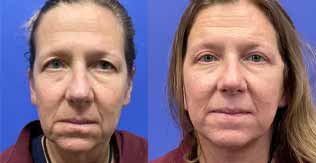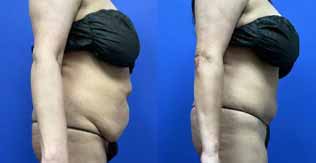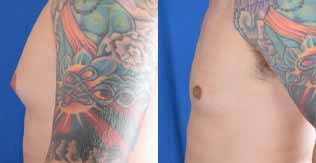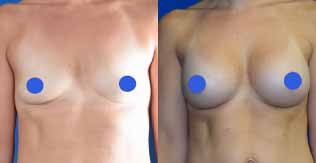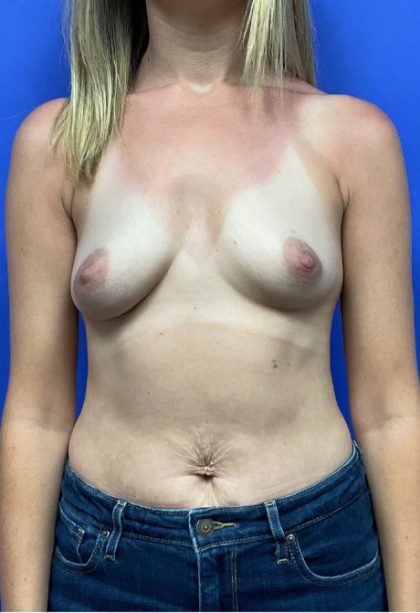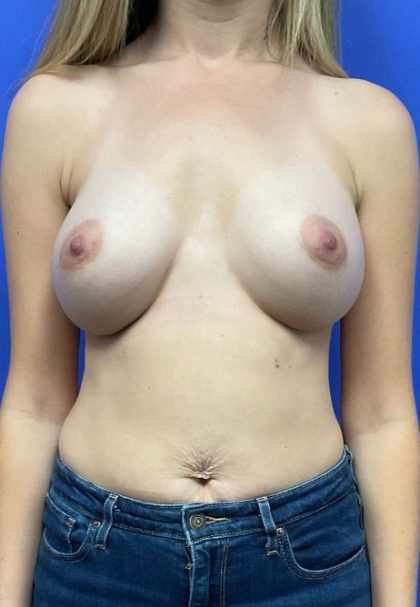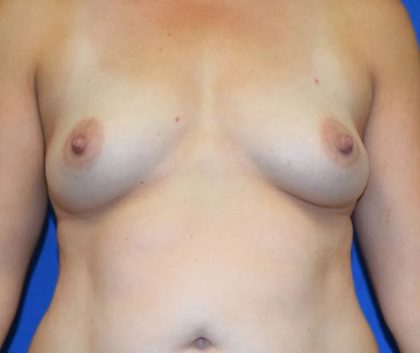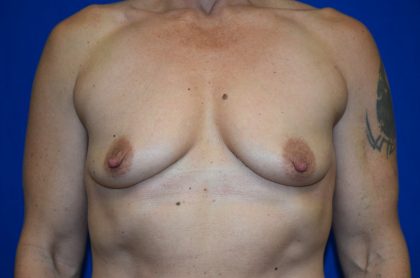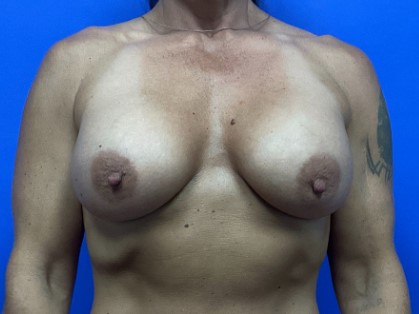Breast Enhancement
Offered at our convenient location in Denver
Breast enhancement is a set of procedures designed to refine the appearance and position of your breasts. Whether you are interested in restoring lost volume, lifting the breasts, or correcting the appearance of a previous procedure, there is likely a breast enhancement procedure that will help you achieve your goals.
At Millard Plastic Surgery, our team of plastic surgeons has helped thousands of patients improve the appearance of their breasts using several different procedures. Our practice is one of the leading aesthetic practices in Denver, with a strong reputation for providing natural-looking and feeling results.
To start working with our team, please schedule a consultation online or call (303) 792-5665. We look forward to hearing from you!
Contents
- 1 Before and After Photos
- 2 About Breast Enhancement
- 3 Available Breast Enhancement Procedures at MPSC
- 4 Selecting the Right Breast Implants
- 5 Personal Consultation
- 6 Cost of Breast Enhancement in Denver
- 7 FAQ
- 7.1 Will I have to spend the night in the hospital after my breast enhancement?
- 7.2 How long do breast implants typically last?
- 7.3 What concerns can a breast enhancement procedure address?
- 7.4 How will I know which breast enhancement procedure is right for me?
- 7.5 Are there any risks associated with breast enhancement?
- 8 References
Before and After Photos
About Breast Enhancement
Breast enhancement consists of several customizable procedures that address aesthetic concerns or discomfort. Over time, many women notice their breasts change due to factors such as aging, pregnancy, weight fluctuations, or more. While changes are natural, they can affect the way your clothing fits, your personal comfort, and your self-esteem. The right breast enhancement procedure can restore your curves and confidence.
Available Breast Enhancement Procedures at MPSC
Breast Augmentation
Breast augmentation enhances the size, shape, and volume of your breasts using breast implants. (2) Breast implants can vary in size, shape, material, and projection to customize beautiful, natural-looking results.
At Millard Plastic Surgery, we offer both Sientra and Motiva breast implants. Our team specializes in achieving natural-looking breast augmentations, with personalized attention to selecting the ideal implant size, profile, and width for each patient.
VASER Hi-Def Breast Sculpting
VASER Hi-Def Breast Sculpting uses advanced ultrasound-assisted liposuction to contour and refine the breasts. By breaking down and removing superficial and subcutaneous fat, your surgeon can enhance breast shape and symmetry, creating a rounder, more feminine, hourglass figure.
Breast Lift
A breast lift repositions the breasts to restore a perkier and more youthful-looking appearance. Also known as a mastopexy, this procedure effectively corrects breast position, malpositioned or downward-facing nipples caused by sagging. (3)
Breast Augmentation with Lift
Depending on your goals, your surgeon may recommend combining a breast augmentation with a lift. This is a popular combination that addresses both breast position and volume.
Fat Transfer Breast Augmentation
A fat transfer breast augmentation is a procedure that increases the volume of your breasts using your own fat. Your surgeon can use VASER liposuction to remove excess fat from areas such as the abdomen, thighs, flanks, or buttocks before purifying it and readministering it to the breasts, resulting in natural-looking yet transformative results.
Breast Implant Exchange and Removal
We offer breast implant exchange and removal procedures for when you are ready to replace your implants or remove them. A breast implant exchange consists of replacing an older pair of implants with a newer pair, while a breast implant removal will remove your implants altogether.
Breast Revision
Your surgeon can perform a breast revision procedure to correct or improve the results of a previous breast enhancement. This highly customized procedure may involve techniques such as replacing or exchanging old implants, addressing asymmetry or imbalances, and other corrective measures.
Breast Reduction
A breast reduction removes excess fat and tissue from the breasts to reduce their size. A breast reduction can alleviate chronic neck, back, or shoulder pain, as well as restore a more proportionate and balanced figure. (4)
VASER Breast Reduction
VASER Breast Reduction uses VASER liposuction to remove excess fatty tissue from the breasts with less downtime compared to its traditional counterpart. This is often combined with a surgical breast reduction for more comprehensive results.
Selecting the Right Breast Implants
If you are enhancing your breasts with implants, your surgeon will help you select the implant that best suits your goals. We take great care to ensure that the selected implants enhance your body’s frame and anatomy, and we offer different brands, profiles, sizes, and widths to achieve this.
Motiva
Motiva 6th-generation implants are cohesive gel implants that mimic the appearance and feeling of natural breast tissue with a silicone outer shell and viscous silicone gel filling. These implants feature TrueMonobloc® Construction, Advanced SuperSilicone® Gel, and a BluSeal® Safety Coating to enhance their safety profile. Motiva’s advanced technology allows the implants to reduce the risk of rippling and deflation, move fluidly with the body, and lower the likelihood of capsular contracture.
Sientra
Sientra implants are cohesive gel implants that provide a soft and natural feeling. Sientra designed these implants to lower the rate of rupture and capsular contracture, and they provide a durable, reliable, and long-lasting use life. (1)
Implant Size
The best size for your implants depends on your aesthetic goals, current breast size, and underlying anatomy. Breast implants are measured in cubic centimeters (cc) instead of cup sizes. Breast implants are available in sizes as small as 150cc and as large as 800cc. During your consultation, your surgeon will evaluate your breasts and discuss your treatment goals with you to determine the most suitable implant size for your goals.
Implant Profile
‘Implant profile’ refers to how far the breast implant projects outward from the chest after the surgeon places them. It affects the overall shape and contour of the augmented breast. Profiles are generally categorized as low, moderate, or high, with higher-profile implants providing greater forward projection. Choosing the right profile depends on the patient’s chest width, desired appearance, and body proportions.
Implant Width
Implant width refers to the base diameter of the implant, or the measurement across the widest part of the implant. It helps determine how the implant fits your chest and how much of the breast will be covered. Choosing the correct width is essential for achieving a balanced, natural-looking result that complements your frame. Implants with a wider base provide more coverage and a fuller look across the chest, while narrower implants are suited for smaller frames or a more projected appearance when paired with higher-profile implants.
Personal Consultation
During your personal consultation, you will meet with your surgeon and patient coordinator so that they can get to know you and determine if breast enhancement is suitable for your concerns. They will ask about your medical history and current prescriptions, as well as your desired results. They will also perform a physical examination to confirm the best approach for you.
Crisalix Imaging System
To help you visualize potential results, your surgeon can use the advanced Crisalix 3D imaging system. This technology creates a three-dimensional rendering of your body and simulates how different implant sizes, shapes, and profiles would look on you. You can see multiple options in real time, allowing you to explore the possible aesthetic outcomes before surgery. This interactive tool helps patients make informed decisions about implant size, shape, and placement while setting realistic expectations for the final result.
To schedule a consultation at our Englewood office, please contact us online or call (303) 792-5665.
Cost of Breast Enhancement in Denver
The cost of your breast enhancement procedure will depend on the type of procedure performed, the surgical techniques we utilize, the extent of the corrections, and several other factors. Your surgeon will provide a comprehensive cost estimate for your procedure during your personal consultation after establishing your treatment plan. Millard Plastic Surgery also offers financing for those interested.
To learn more about the cost of your personalized breast procedure, we encourage you to schedule a consultation online or call (303) 792-5665.
FAQ
Will I have to spend the night in the hospital after my breast enhancement?
Our surgeons perform each of our breast enhancement procedures on an outpatient basis, meaning we will release you home on the same day as your procedure.
How long do breast implants typically last?
Breast implants tend to last for approximately 10-15 years before we recommend replacement, although some patients can have their implants for longer. As with all silicone implants, your implants must be evaluated regularly to ensure there are no complications or ruptures.
What concerns can a breast enhancement procedure address?
Our procedures can address many different concerns, including, but not limited to, sagging or hanging skin, breast size, malpositioned or downturned nipples, asymmetry, and even dissatisfaction with previous results.
How will I know which breast enhancement procedure is right for me?
During your consultation, your surgeon will evaluate your concerns to determine the most appropriate procedure and surgical techniques for your goals.
Are there any risks associated with breast enhancement?
As with any surgical procedure, there are certain risks and complications associated with breast enhancement. Your surgeon will disclose all risks and explain how to avoid them during the consultation.
References
- Breast Augmentation Surgery and Breast Implants. Sientra. https://sientra.com/breast-augmentation/
- Fardo D, Sequeira Campos M, Pensler JM. Breast Augmentation. PubMed. Published 2021. https://www.ncbi.nlm.nih.gov/books/NBK482206/
- Toomey AE, Cape JD. Mastopexy (Breast Lift). Nih.gov. Published December 11, 2024. https://www.ncbi.nlm.nih.gov/books/NBK610682/
- Sachs D, Szymanski KD. Breast Reduction. PubMed. Published 2021. https://www.ncbi.nlm.nih.gov/books/NBK441974/
